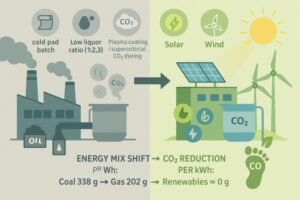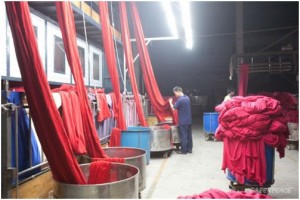Zero discharge – Latest on the detox campaign
In an unprecedented endeavor, big apparel and fashion brands initiated the zero discharge of hazardous chemicals (ZDHCs ) programme, inspired by the Greenpeace “detox campaign”. The programme may possibly set a new standard of environmental performance for the global apparel and footwear industry, if implemented seriously.
The detox campaign started in 2011 when Greenpeace investigated the environmental conditions at major Chinese textile players Youngor and Well Dyeing[i], big suppliers for the world´s most famous textile brands (see reports “Dirty laundry”[ii] and later “Dirty laundry reloaded”[iii]).
 The pressure started to build up. Soon thereafter, at the end of 2011, the founding members C&A, H&N, adidas, Li-Ning and Puma published a joint roadmap to remove toxic chemicals from the textile supply chain by the year 2020[iv].
The pressure started to build up. Soon thereafter, at the end of 2011, the founding members C&A, H&N, adidas, Li-Ning and Puma published a joint roadmap to remove toxic chemicals from the textile supply chain by the year 2020[iv].
In 2012 additional global brands, namely G-Star, Levis[v] , Jack Wolfskin and Marks & Spencer[vi] have joined the project as well. Meanwhile, with so many of the world´s biggest brands already on board, the project is almost a must join for the big brands.
To read the full article, please login. The full content of this article and all premium articles is available exclusively for site members.
Site membership is free. If you are an existing user, please login. New users may register below.



